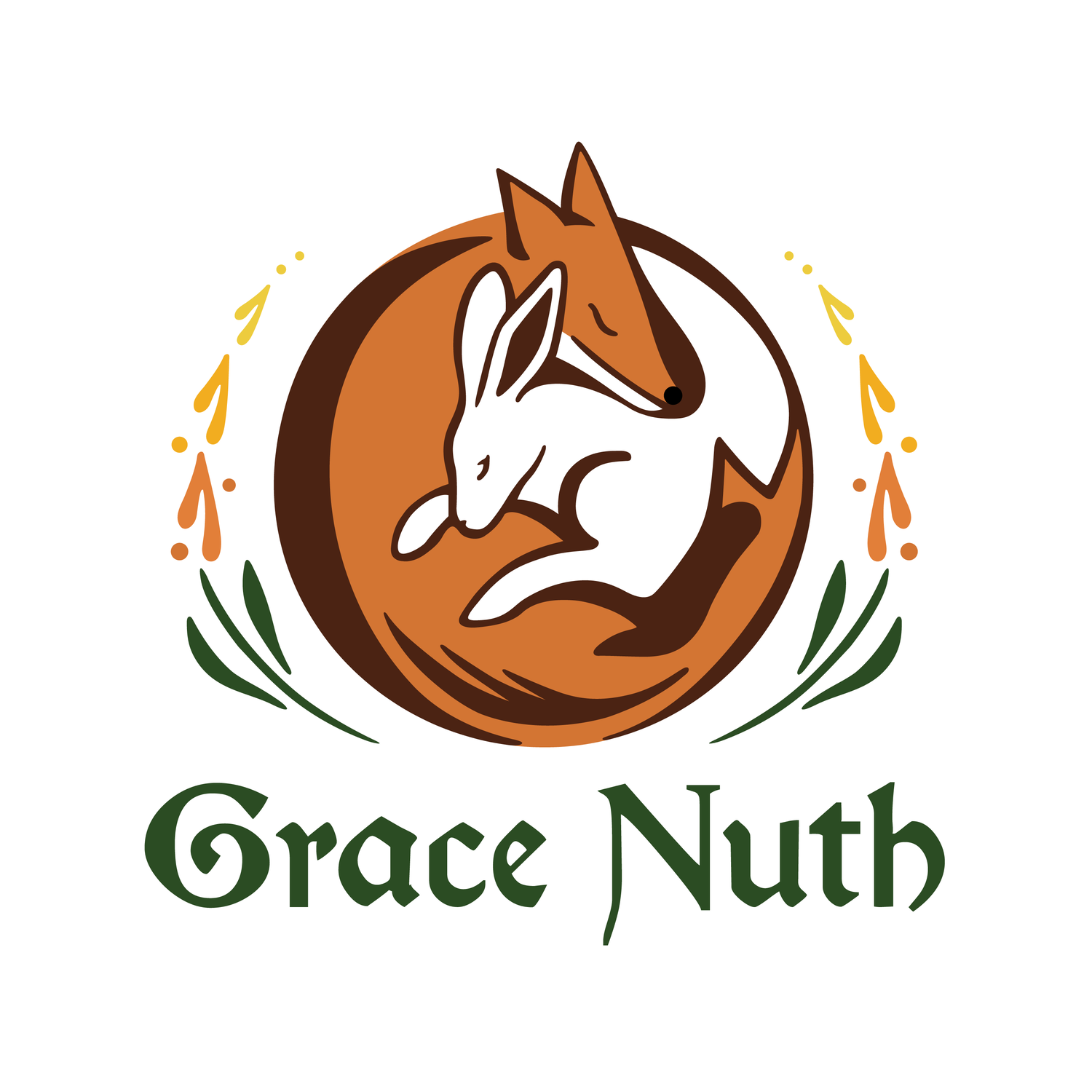The White Hart
/Content warning: Death of an animal (discussed, no graphic imagery)
A white hart appeared in the streets of Bootle, a town north of Liverpool England, last Sunday. He walked down the paved streets, his hooves more accustomed to good dark earth and forest moss below them than black tar. Locals and tourists stared, slack-jawed, lifting their phones in unison to capture this moment from folklore and legend brought to life.
A white hart appeared in the streets of Bootle on Sunday, and a police sniper shot him dead. The news broke to the press on Monday, and I have been struggling to fully articulate my emotions over it, even to myself, ever since.
He has been a symbol in British lore since the Celts called him an omen of a coming doom; a sign that some wrong was done, or some law was broken. In Faerie folklore, leucistic animals belonged to the fey. In Arthurian legend, the white hart was a sign of an upcoming quest or adventure. Richard II adopted him as his personal emblem. Coopted by Christianity, he became a symbol of Jesus, and of purity, and over time, the sight of a white hart became a sign of luck, or a blessing.
As the world slowed to a stop at the start of last year, and the sounds of cars and planes and human need for always going going going quieted in the face of an invisible plague, news stories started to emerge of animals responding by exploring their new quieter world. The ocean, no longer filled with ships, was quieter, and whales grew more silent as well, exploring a wider area of the water and no longer needing to shout in order to hear each other over engine noise. Penguins waddled through restaurant parking lots near beaches in South Africa. Bats returned to the Timpanogos Cave National Monument in the U.S., roosting there after decades of only empty echoes and the noise of tourists. Coyotes walked the streets of San Francisco. A puma stalked cars in Santiago Chile.
And deer wandered through London streets as we looked on bemusedly. Because they were empty.
Now, the accessibility of vaccines has brought us to some new version of normalcy. In interviews with the police in the wake of the incident, they explained that animal welfare experts had advised them to let the white hart find his way home, but when hours went by and they couldn’t find an organization to help move him to safety, they made the decision to kill him out of concern towards “danger to motorists.” Gone was the footage from early lockdown days of home-bound families hand-feeding wandering deer in London suburbs. We again have places to be, and things to do.
A white hart appeared in the streets of Bootle on Sunday. His narrow and delicate hooves and his broad antlers looked almost golden against the white of his fur. The velvet of his muzzle was a soft pink color. He looked like he leapt right from a medieval tapestry, glowing ivory against the garish chrome of passing cars. He came to bring us wonder. He came to bring us hope. He was not one of the simple daily magics I so often speak of. He was a cosmic, archaic, folkloric archetype brought to life. And we killed him.
May the gods of old and new have mercy on us.






